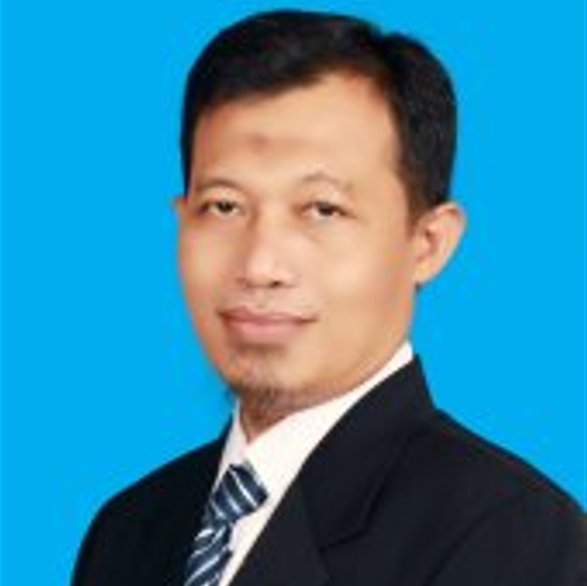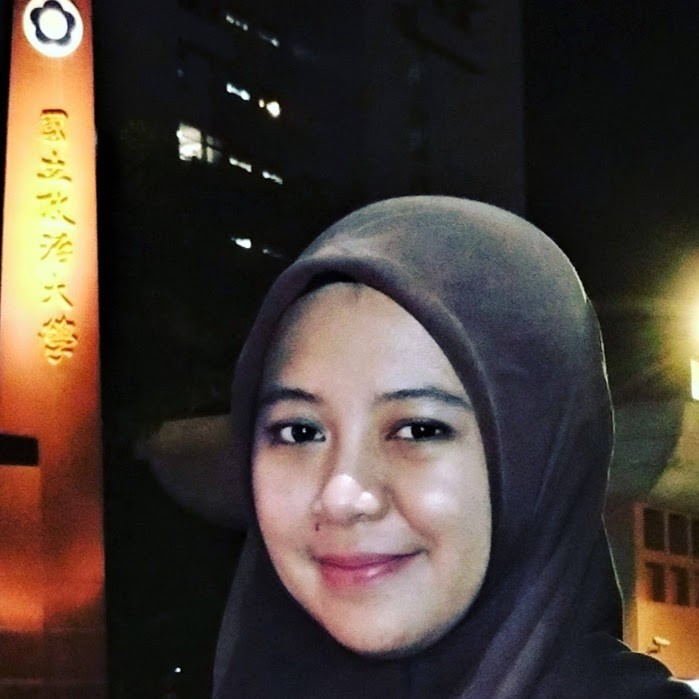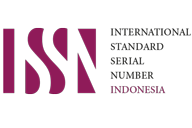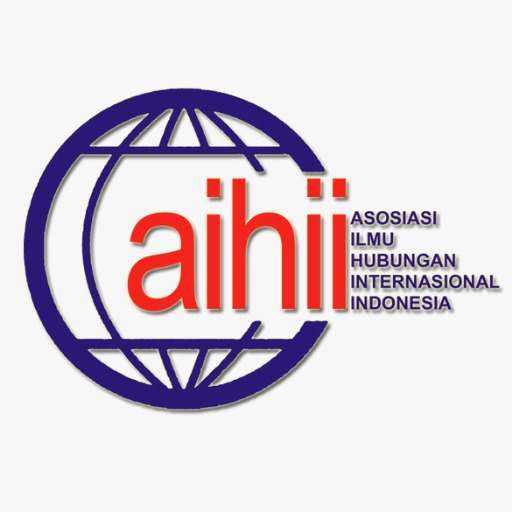Understanding ASEAN Peace Preservation Role in the Korean Peninsula
Downloads
Since its inception in 1967, ASEAN has an important role to establish regional security and peace building in Southeast Asia. That effort certainly continues up until now. Realizing that the peace preservation needs to be extended to its northern neighbor, ASEAN initiated mechanisms that would enable it to play greater role in the Korean peninsula. However, the association effort to preserve peace in the region is inseparable from criticism which stated that this association was not effective in reconciling the two Koreas. Amidst the pessimism of ASEAN's role in the Korean Peninsula, this paper is presented to respond that argument. Furthermore, by using the constructivism paradigm, this paper argues that the ASEAN approach that believes in norms building to address security challenges in the Korean peninsula uncovers space for peace preservation in other ways amid such options and mechanisms that other powers offer which in fact last briefly and exacerbate hostility. To conclude, the approach has been useful for several reasons, such as maintaining the continuity of the multilateralism ties with North Korea and being an important actor that can be trusted by the two Koreas in the midst of a vortex of influences involving the big powers competition.
ASEAN. (2018). Overview of ASEAN-Republic of Korea Dialogue Relations. ASEAN.
ASEAN Regional Forum. (1994, 25 July). Chairman's Statement of the 1st Meeting of the ASEAN Regional Forum. Retrieved 9 19, 2018, from ASEAN Regional Forum Public Library: http://aseanregionalforum.asean.org/component/content/article/3-content/public-library/131-chairmans-statement-of-the-1st-meeting-of-the-asean.html
ASEAN Regional Forum. (2000). Chairman's Statement of the 7th Meeting of ASEAN Regional Forum. Jakarta: ASEAN Secretariat.
ASEAN Regional Forum. (2013). ASEAN Security Outlook 2013. Bandar Seri Begawan: ARF.
Cordesman, A. H. (2016). North Korea Nuclear Forces and the Threat og Weapons of Mass Destruction in Northeast Asia. CSIS.
Fierke, K. M. (2013). Construtivism. In T. Dunne, M. Kurki, & S. Smith, International Relations Theories:Dicipline and Diversity Third Edition (p. 190). Oxford: Oxford University Press.
Jae-Bong, L. (2009). US Deployment of Nuclear Weapons in 1950s South Korea & North Korea Nuclear Dvelopment: Toward Denuclearization of the Korea Peninsula. The Asia Pacific Journal Volume 7, 1.
Jae-Kyoung, K. (2017, August 22). Should North Korea be ousted from ARF? Retrieved 9 19, 2018, from The Korea Times: https://www.koreatimes.co.kr/www/biz/2017/08/602_235212.html
Kim, S. C., & Kang, D. C. (2009). Introduction: Engagement as a Viable Alternative . In S. C. Kim, & D. C. Kang, Engagement with North Korea: A Viable Alternative (pp. 1-22). New York: State University of New York Press.
Lee, C. (2000, July 30). Analysis: North Korea offers new hope for Peace. Retrieved September 19, 2018, from United Press International Inc: https://www.upi.com/Archives/2000/07/30/Analysis-North-Korea-offers-new-hope-for-peace/4473964929600/
M.C. Abad, J. (2000). The Role of ASEAN in Security Multilateralism: ZOPFAN, TAC, SEANFWZ. ASEAN Regional Forum Professional Development Programme (p. 3). Bandar Seri Begawan: ARF.
March, J. G., & Olson, J. P. (1989). Rediscovering Institutions. New York: Free Press.
McDonald, M. (2008). Constructivism. In P. D. William, Security Studies: An Introduction (p. 63). New York: Routledge.
Perper, R. (2017, November 29). North Korea says the US is its only nuclear target. Retrieved September 28, 2018, from Business Insider: https://www.businessinsider.sg/north-korea-nuclear-targets-us-2017-11/?r=US&IR=T
Sulaiman, Y. (2017). Why We Must Learn to Live With a Nuclear North Korea. global asia Vol. 12, No. 3, , 13.
Tan, M. H. (2017). Multilateral Engagement of North Korea: An Assessment of the Six-Party Talks and the ASEAN Regional Forum. Asian Journal of Peacebuilding Vol 5 No. 2, 307-324.
Weatherbee, D. E. (2009). International Relations in Southeast Asia Second Edition: The Stuggle for Autonomy. Plymouth: Rowman & Littlefield Publishers, Inc.
Yuzawa, T. (2005). Japan's changing conception of the ASEAN Regional Forum: from an optimistic liberal to a pessimistic realist perspective. The Pacifiv Review, Vol. 18 No.4, 463-497.
- Authors retain the copyright of their article without restrictions and grant the journal right of first publication with the work simultaneously licensed under a Creative Commons Attribution License that allows others to share the work with an acknowledgment of the work's authorship and initial publication in this journal
- Authors are able to enter into separate, additional contractual arrangements for the non-exclusive distribution of the journal's published version of the work, with the condition that it is not intended for commercial purposes, and cite an acknowledgment of its initial publication in this journal.
- Authors are permitted and encouraged to post their work online (e.g., in institutional repositories or on their website) prior to and during the submission process, as it can lead to productive exchanges, as well as earlier and greater citation of published work (See The Effect of Open Access). However, authors are not allowed to share their work with other journals or publishers as it may lead to conflicting publication processes.

This work is licensed under a Creative Commons Attribution-NonCommercial-ShareAlike 4.0 International License.














